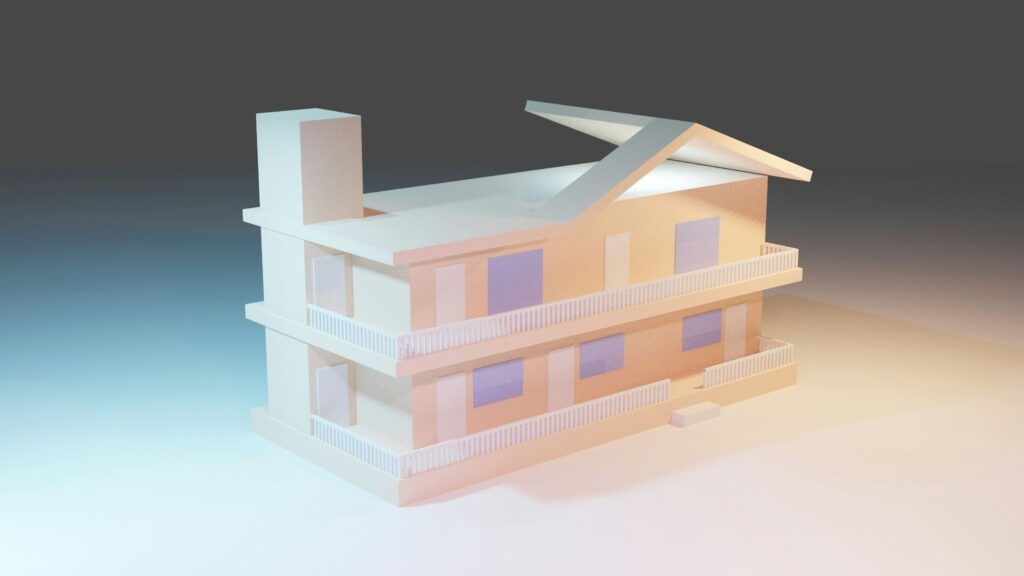
In the changing paradigm of domestic structure, modular homes are at the vanguard of specialized invention. As opposed to conventional construction, modular casing utilizes precision engineering, robotization, and computer-backed design in manufacturing houses which are later assembled off- point and packed for final installation. This process lends itself to advanced quality, effectiveness, and environmental sustainability while incorporating state-of-the-art technology at every stage of construction. While homeowners seek green, flexible, and smart living, modular houses show how invention isn’t only transubstantiating the way we build but also the manner in which we live.
Smart Home Integration for Modular Living
Modular construction lends itself perfectly to smart home technology. Because these homes are constructed with future-proof wiring and networked designs, they may have smart systems installed at the time of assembly rather than as after-market options. Homeowners experience networked systems for lighting, climate, security, and entertainment with centralized apps or voice control interfaces. IoT-enabled devices communicate effectively to optimize energy efficiency and comfort. Intelligent thermostats learn daily routines, conforming temperatures automatically to cut waste, for example. Smart window shades, motion-sensitive lights, and low-inflow plumbing fittings also enhance an integrated, high-effectiveness life. Modular design harmonized with motorized robotization ensures that today’s homeowners admit convenience and control that ordinary homes infrequently offer.
Precision Engineering and Digital Design
Technology is transubstantiating the design and product process of modular houses. Advanced 3D modeling software and Building Information Modeling (BIM) systems allow engineers and masterminds to digitally model every structural element prior to even one of them being built. This computer-backed designing process cuts down on guesswork, reduces the quantity of material wasted, and verifies exact specifications. Robotic assembly line factories based on automation then carry out these blueprints with incredible consistency. Combining digital accuracy creates faster production cycles and fewer defects, producing solid structural integrity. In these conditions, prefabricated homes will showcase better craftsmanship with data-driven design and intelligent building processes.
Built-In Sustainability and Energy Efficiency
Sustainability is not a trend; it’s a necessity. Modular building naturally lends itself to green building practices since it has a controlled factory environment and optimized resource utilization. Computer-aided cutting minimizes waste material, and prefabrication reduces waste and carbon emissions in the field. The best modular homes incorporate eco-conscious designs, energy efficiency, and sustainable materials that can be seamlessly installed during production. Insulation, ventilation, and low-energy windows are precisely fitted for enhanced thermal performance and reduced long-term energy consumption. Plus, sustainable materials—recycled steel, bamboo, and low-VOC composites—add to enhanced durability as well as indoor air quality. This combination of precision, sustainability, and energy consciousness not only benefits the world but also rewards homeowners with long-term cost savings by way of lower utility bills.
Speed, Scalability, and Quality Control
Being scalable and time-saving are traits that best define modular construction. Unlike conventional processes subject to weather-related delays or labor unavailability, modular properties are built indoors under standard conditions. The controlled process makes concurrent module production and site preparation possible, slashing project timelines overall by dramatic proportions. Modules are strictly quality inspected throughout at different levels, ranging from frame alignment to electrical calibration, to comply with building and safety regulations. Tech-inspections use laser scanning and computer imaging to detect flaws that might otherwise remain undetected. The modular structure allows flexibility, as well. Modules can be reorganized, added, or relocated with minimal loss of time, letting homeowners reorganize their space as needs evolve.
Data-Driven Maintenance and Future-Ready Design
The technical underpinnings of modular properties extend to long-term maintenance. Sensors and monitoring systems integrated within the structure transmit real-time data on structural integrity, humidity, and efficiency. Predictive analytics allow occupants to schedule maintenance prior to issues, facilitating cost-saving maintenance. Modular structures are also designed with future upgrades in mind. Virtual arrangements stored in cloud-based depositories allow technicians to modify configurations or add new systems without redoing. This future-proofing design makes sure modular casing remains compatible with new technologies, from renewable energy sources to smart appliances of the future. This forward thinking makes prefabricated houses long-term investments that can evolve alongside their residents and the overall technological progress.
In summary, modular housing is the crossroad of technology, sustainability, and human-centered design. By using digital perfection, smart home technology, and green engineering, this building technology delivers greater quality with fewer leftovers. With the growing need for sustainable and connected living, prefabricated homes aren’t only an architectural choice but also a future-ready master plan for dwelling, where comfort, invention, and effectiveness exist in harmony.
